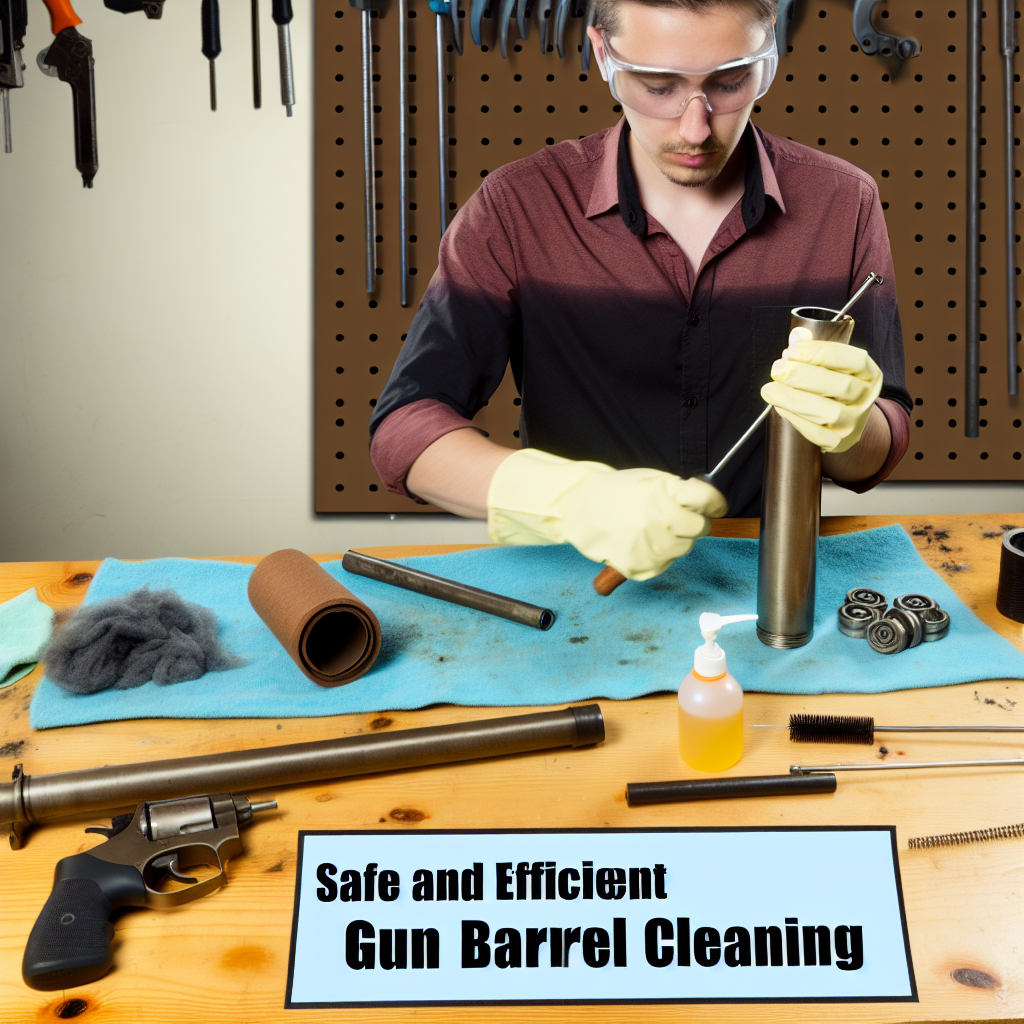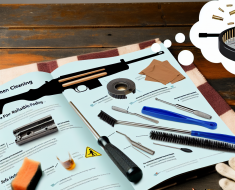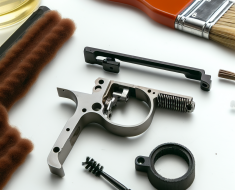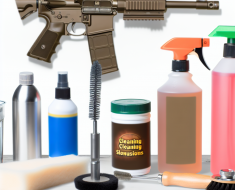How to Clean Gun Barrels Efficiently

Maintaining a firearm is crucial not only for its longevity but also for safety and performance. One of the most essential aspects of gun maintenance is cleaning the barrel. A clean barrel ensures accuracy, prevents malfunctions, and prolongs the life of the firearm. However, many gun owners struggle with cleaning their barrels efficiently and effectively. This article will guide you through the best practices, techniques, and tools to clean gun barrels efficiently.
Understanding the Importance of Cleaning Gun Barrels
Before diving into the how-to, it’s important to understand why cleaning gun barrels is vital. When a firearm is discharged, residue from burnt powder, copper fouling from bullets, lead deposits, and carbon buildup accumulate inside the barrel. Over time, these deposits can affect the firearm’s accuracy and reliability.
According to a study by the National Shooting Sports Foundation (NSSF), improper maintenance contributes to approximately 30% of firearm malfunctions reported by users. Furthermore, neglecting regular cleaning can accelerate barrel wear due to corrosion or pitting caused by moisture and fouling.
Regular cleaning after shooting sessions not only maintains peak performance but also enhances safety by reducing the risk of dangerous obstructions or misfires.
Essential Tools and Materials for Efficient Barrel Cleaning
Having the right tools can drastically improve your cleaning efficiency and results. Below is a list of essential items every gun owner should have:
- Cleaning Rod: A sturdy rod that fits your barrel length; usually made of steel or carbon fiber to avoid damage.
- Bore Brushes: Brass or nylon brushes sized appropriately for your caliber help loosen fouling.
- Patches: Cotton patches absorb solvent and carry away debris; they come in various sizes.
- Bore Cleaner/Solvent: Specialized solvents dissolve carbon, copper, and lead fouling effectively.
- Lubricating Oil: Prevents rust and lubricates moving parts after cleaning.
- Patching Jag or Loop: Holds patches on the rod securely during cleaning passes.
- Cleaning Mat or Bench Block: Protects your workspace and stabilizes your firearm during cleaning.
- Nylon or Brass Picks: Useful for stubborn fouling in hard-to-reach areas like chamber or feed ramps.
The choice between brass or nylon brushes depends on your barrel’s material. For example, stainless steel barrels are tougher and can handle brass brushes without damage, whereas older barrels might benefit from gentler nylon brushes.
Step-by-Step Guide to Cleaning Gun Barrels Efficiently
The following methodical approach ensures thorough cleaning without damaging your firearm:
1. Safety First: Unload and Inspect
Always start by ensuring your firearm is completely unloaded. Remove any ammunition from the area before beginning. Visually inspect both chamber and magazine to confirm emptiness.
2. Disassemble Your Firearm According to Manufacturer Instructions
This often involves separating the barrel from other components like the slide or receiver. Proper disassembly facilitates better access to the barrel’s interior for efficient cleaning.
3. Apply Bore Cleaner/Solvent
Saturate a patch with bore cleaner and run it through the barrel using a cleaning rod fitted with a patch holder. Allow the solvent to sit inside for about 10-15 minutes to break down fouling effectively—this soaking period improves cleaning efficiency significantly compared to immediate scrubbing.
4. Scrub with Appropriate Bore Brush
Select a brush matching your caliber size (e.g., .223 brush for .223 caliber rifles). Attach it to your rod and push it through the barrel several times (usually 5-10 strokes). This action loosens stubborn carbon deposits and metal fouling embedded in rifling grooves.
5. Run Clean Patches Until They Come Out Clean
Replace the brush with a patch holder or jag, then run clean patches through repeatedly until they emerge free of residue—typically this takes between 5-10 patches depending on fouling level.
6. Inspect Barrel Internally with Bore Light or Camera
A bore light helps visualize cleanliness inside the barrel, allowing you to spot missed spots requiring additional attention. For precision shooters or professionals, borescopes provide detailed internal images revealing minute fouling details.
7. Apply Lubricating Oil Lightly
A light coat of oil protects against rust formation during storage but avoid excessive lubrication as this may attract dust or grime inside the barrel.
8. Reassemble Your Firearm Properly
Follow manufacturer guidelines carefully when putting components back together. Function check your firearm to ensure everything operates smoothly after reassembly.
Troubleshooting Common Barrel Cleaning Challenges
Certain issues may arise during cleaning that require extra care or alternative approaches:
- Tough Copper Fouling: Copper buildup can be stubborn; use specialized copper solvent products like Hoppes No.9 Copper Solvent which chemically dissolves copper residues more effectively than general solvents.
- Bent Cleaning Rods: Avoid applying excessive force if you encounter resistance; bending








